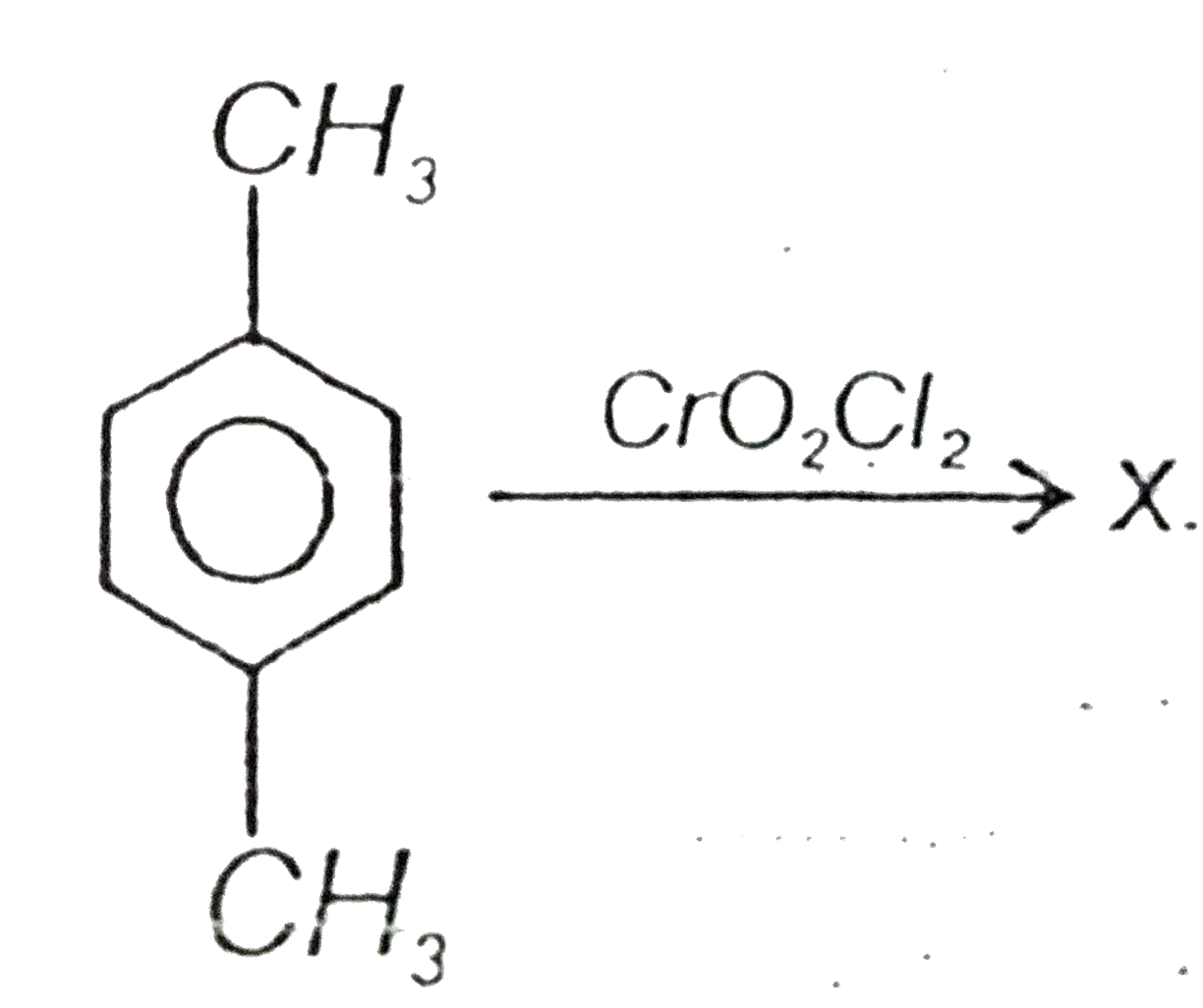Complete the following chemical equations :
C2H5BrKOH−−−−−→alc and hot
To complete the chemical equation for the reaction of C₂H₅Br with alcoholic KOH under heat, we can follow these steps:
1. Identify the Reactants: The reactants given are C₂H₅Br (bromoethane) and KOH (potassium hydroxide) in alcoholic form.
2. Understand the Reaction Conditions: The reaction is carried out in the presence of alcoholic KOH and heat. Alcoholic KOH is a strong base that promotes elimination reactions rather than substitution reactions.
3. Recognize the Type of Reaction: Since we are using alcoholic KOH and applying heat, we can expect an elimination reaction (dehydrohalogenation) to occur, where a hydrogen atom and a halogen atom (Br) are removed from the bromoethane.
4. Write the Structure of the Reactant: The structure of C₂H₅Br can be written as CH₃CH₂Br.
5. Elimination of HBr: In the presence of alcoholic KOH, the base will abstract a hydrogen atom from the ethyl group (CH₃CH₂), and the bromine atom (Br) will be eliminated. This leads to the formation of a double bond.
6. Formation of Products: The products formed from this reaction will be:
- Ethene (C₂H₄ or CH₂=CH₂) as the main product.
- Potassium bromide (KBr) as a byproduct.
- Water (H₂O) as another byproduct.
7. Complete the Equation: The complete balanced equation for the reaction is:
C2H5Br+KOHalc, heat−−−−−→C2H4+KBr+H2O
Final Answer:
The completed chemical equation is:
C2H5Br+KOHalc, heat−−−−−→C2H4+KBr+H2O
- Ethene (C₂H₄ or CH₂=CH₂) as the main product.
- Potassium bromide (KBr) as a byproduct.
- Water (H₂O) as another byproduct.
C2H5Br+KOHalc, heat−−−−−→C2H4+KBr+H2O
The completed chemical equation is:
C2H5Br+KOHalc, heat−−−−−→C2H4+KBr+H2O
Topper's Solved these Questions
Similar Questions
Complete the following chemical equations :
C2H2+H2Ni−−→
View SolutionComplete the following chemical reaction equations :
(i)KClO3Heat−−−→MnO2
(ii) XeF4+H2O→
View SolutionComplete the following reactions :
C2H5Br+KOH(alc)Δ−−→
View SolutionComplete and balance the following chemical equation:
C2H5OC2H5+Cl2Sunlight−−−−→………..+HCl
View SolutionComplete the following reactions:
2Me3C−−Br Ag2CO3−−−−→Δ (A)
View SolutionComplete the following reactions:
(i) CH3−CH3∣C∣Cl−CH2CH3alcKOH−−−−→ΔAO3−−−−−→Zn/H2O(B+C)
(ii) CH3ICH−CH3alcKCN−−−−→A(i)SnCl2/HCl−−−−−−−−−−−−→(ii)H2O.OH.H2O2B
(iii) HCNHCl/AlCl3−−−−−−→A(i)C6H6Δ−−−−−−−−−−→(ii)(H2O)/H−B
(iv)
View SolutionThe acid D obtained through the following sequence of reactions is:
C2H5BrAlc.KOH−−−−−→ABr2−−→CCl4BKCN−−−−−→(excees)CH3O+−−−→
View SolutionIdentify the final product ( C) formed in the following sequence of reactions
CH3CH2CH2Br alc KOH −−−−−−→(A)HBr−−→(B)aq.KOH−−−−→(c)
View SolutionComplete the following equation:
C2H5OH+…..+KOH→CHI3+….5KI+5H2O
View SolutionName the organic compound prepared by each of the following reaction:
C2H5BrKOH−−−−−−→(alc and hot)
View Solution
